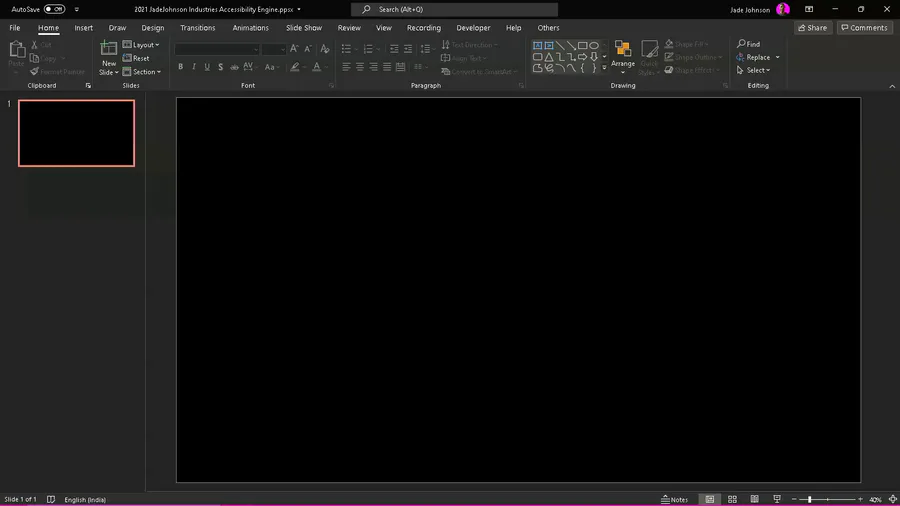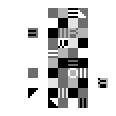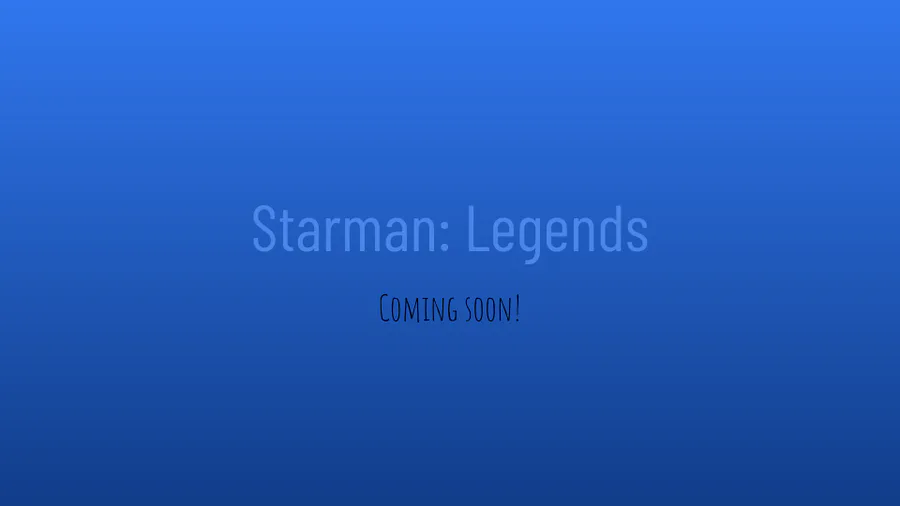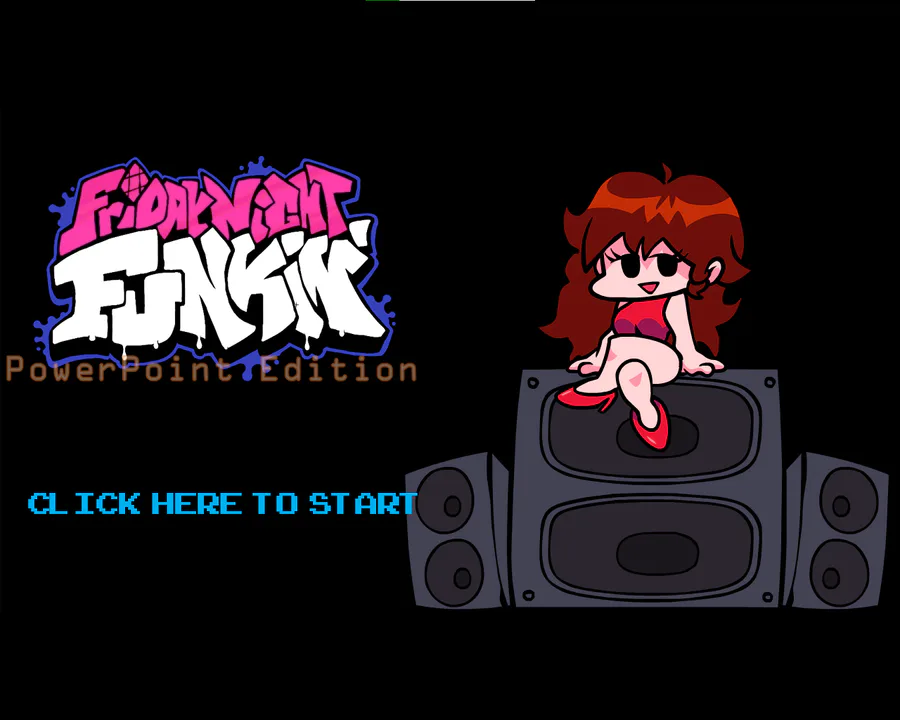The text-to-speech-engine for the final planned 2D-iteration of our screen-orientation software for building into PowerPoint-Games, uses basic, single-operator, two-axis frequency-modulation technology that's spread across a sixteen-hundred-square-access-point-grid, for the absolute greatest level of two-dimensional-accessibility that Microsoft PowerPoint is able to provide without falling out of accuracy whatsoever!
The further right or left you move on its X-axis, the respectively higher or lower the pitch of the voice will become as you navigate across its four, twenty-five-by-twenty-five-access-point sectors. Similarly, the pitch of the voice's built-in delay effect rises or falls as you respectively move up or down across the four sectors of the grid's Y-axis, the latter each being of the same resolution.
We chose frequency-modulation over any sort of technology that altered aspects such as the speed or stereo-panning of the voice, so that our engine would work on literally any kind of modern audio-system, whether mono, stereo, or surround; and so that it would also maintain optimum intelligibility, even at the extremities of its grid.
Funny story, we were actually experimenting with a twenty-five-sector-grid, instead of one with only sixteen, but PowerPoint was unable to consistantly detect the content below the grid-intervals, because the vertical-Windows-screen-resolution can't go as high as such a feat would require on most actually-affordable devices. We want our games to be accessible to as many players as possible, so we scaled it back for better display-compatibility.
Please enjoy this tech-demo, you bet we'll bring this great assistive-innovation to as many new and existing games and software-titles as possible, and as always, "Happy Jading!™"















0 comments